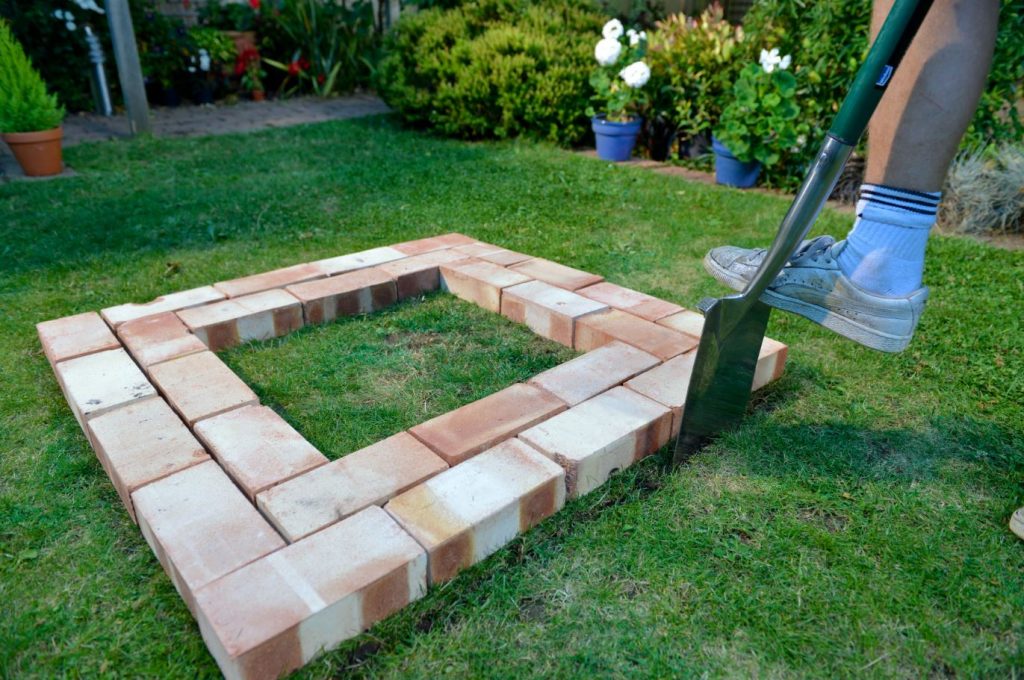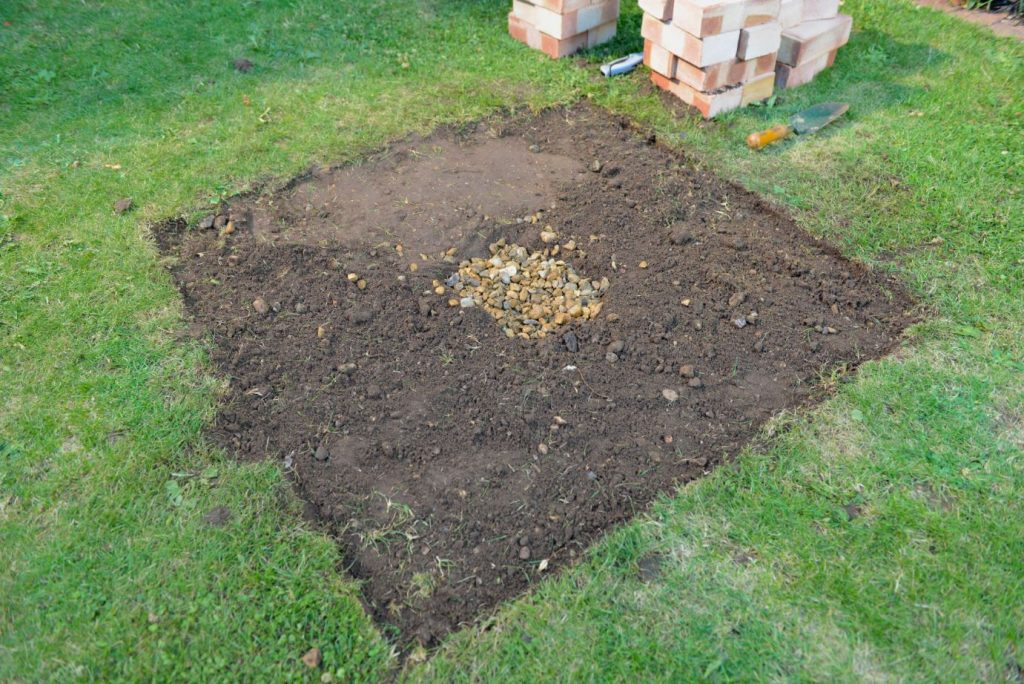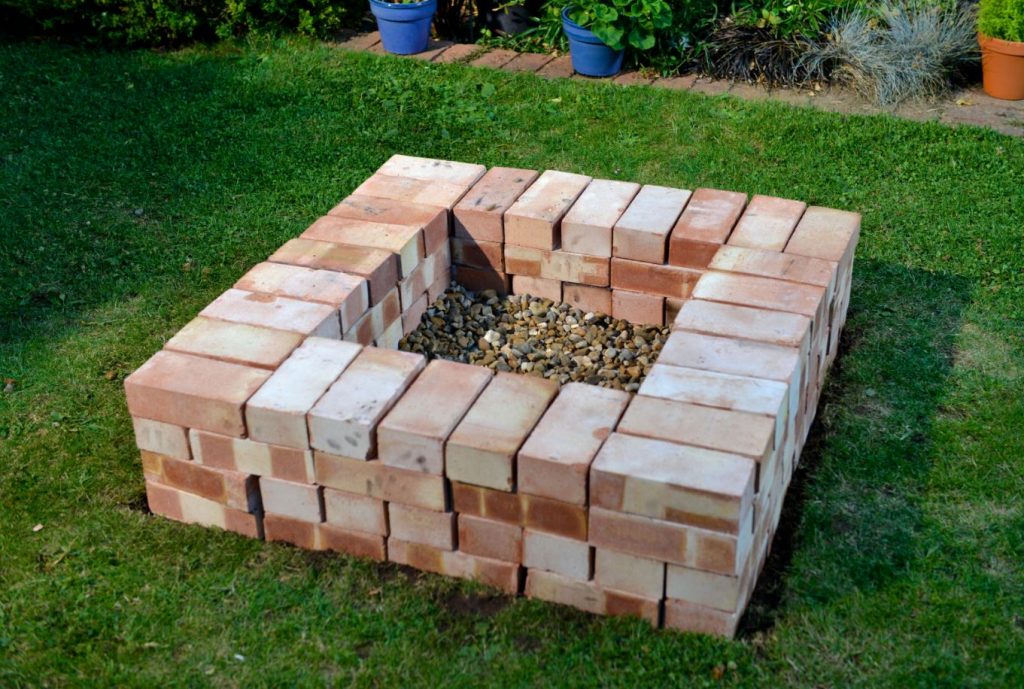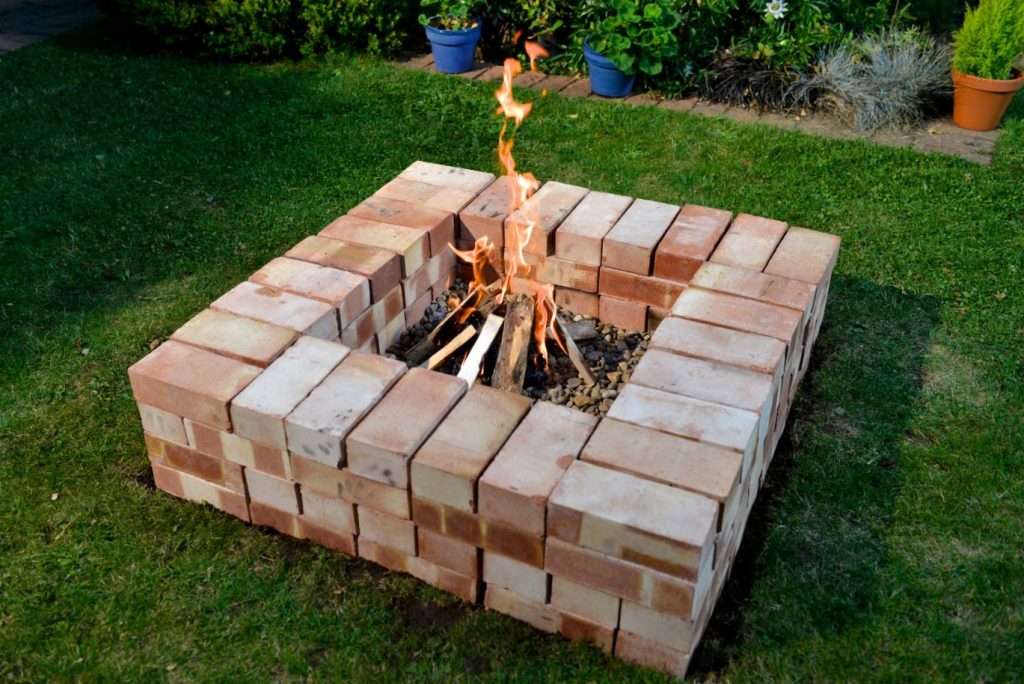Home improvement specialist Wickes has teamed up with celebrity gardener, Diarmuid Gavin, to introduce a series of hour-long outdoor life ‘hacks’ that will transform your garden or outdoor living space in five easy-to-follow steps. With some bricks and basic tools from Wickes, plus the help and advice from Diarmuid Gavin, you can breathe new culinary life into your back garden space with a BBQ fire pit. And what better way to inspire your cooking than using fresh garden herbs, grown in your easy-to-build raised bed?
Diarmuid Gavin said: “These simple to follow step by step guides, or ‘hacks’, can turn a humble bit of outside space into a wonderfully social, summery ‘room’ for every household. I’m food and garden-obsessed and the two often go hand in hand, especially when the sun is shining. These hacks are so easy, anyone can do them, and in just an hour be preparing a meal cooked or grown in your own garden.”
Here’s how:
Step 1: A focal point
First, decide on the location of your pit[1]. Your fire pit will quickly become a key focal point in your garden, so bear that in mind when you work out its position. For instance, you might not want it in the centre of the lawn, or hidden away in a corner. You’ll also want enough space around the fire pit to place chairs for socialising.
Our fire pit is made from standard clay house bricks which in the UK are 225mm x 115mm x 75mm. These are designed to deal with the high temperatures arising in the fire pit.
Step 2: Inner and outer rows
Our fire pit will be about 56cm across. The layout of the bricks is critical.
Lay out a row of three bricks in a line, then a brick at the end at right angles, then two more bricks and another right angle, and two more bricks, and repeat until you are where you started. This is the inner row.
Then make an outer row – right next to the inner row – four bricks long, but start it half a brick along from the start of the inner row, so that the gaps between the bricks in the inner and outer rows do not line up. This will add stability to the fire pit.
Then place a brick at the end of that row at right angle and so on around the square. Leave a (roughly) 5mm gap between bricks, but make sure that your layout is symmetrical and even and your bricks are level, too.
Step 3: Mark your turf
Now you know the exact position and construction of the first level of your fire pit, mark the turf underneath by digging a spade around the outside edge of the bricks.
Remove all of the bricks and dig out grass and soil to about the depth of half a brick.

Use a spirit level to make this flat and even.
You can move the soil around to help achieve this, packing it down with your feet as you go.
Step 4: Dig for victory
In the centre of the hole you’ve just made, dig a further 30cm deep hole about 20cm wide and fill with small stones and packing. This is to help drain rainwater.
Then carefully replace the bricks of the first level directly into the hole you’ve just dug, one by one in the original pattern. Make sure each brick is level using a spirit level. Use a rubber hammer to gently tap the bricks level if necessary.
Continue until the first level is completely laid.
Step 5: The same in reverse
Begin building the next level up. For extra stability, this level should consist of bricks laid at right angles to the first, across the lower level of bricks. Once again use the spirit level to check the bricks are flat.
Continue to the 3rd and 4th level –the 3rd level needs to be like the 1st, and the 4th should be at right angles, like the 2nd.
To make a stable base and add drainage for the fire itself, add 5cm of small stones or gravel to the bottom of the pit, covering the entire area, including the drainage hole.
Your fire pit is now ready!
To light your fire, place a couple of firelighters or some scrunched up paper in the middle and some small kindling on top of them in a ‘tipi’ fashion.
Light the firelighters and as the flames begin to burn the kindling, progressively add larger and larger pieces of wood, until the fire is going.
Don’t be tempted to make the fire too big – it’s much easier to control when it’s the right size.
Once your fire is up and running you could use the flames to toast marshmallows, or even wait until they’ve died down, put a grill on the top and make your own BBQ.




